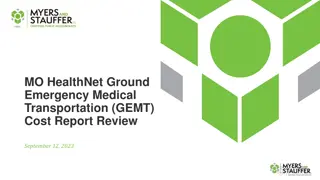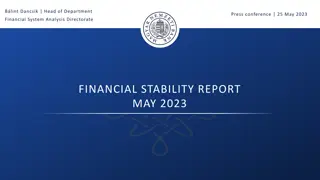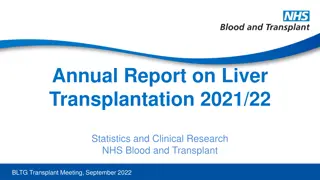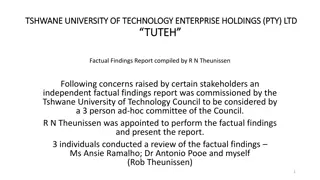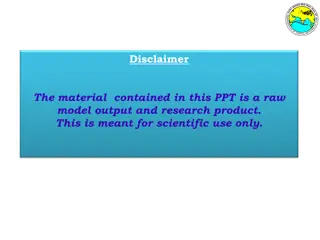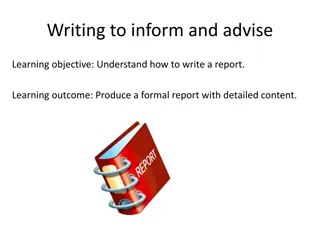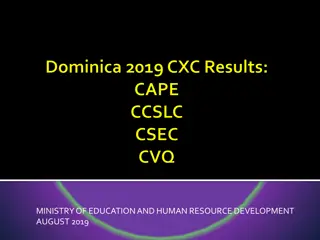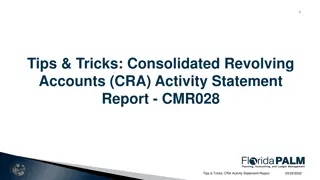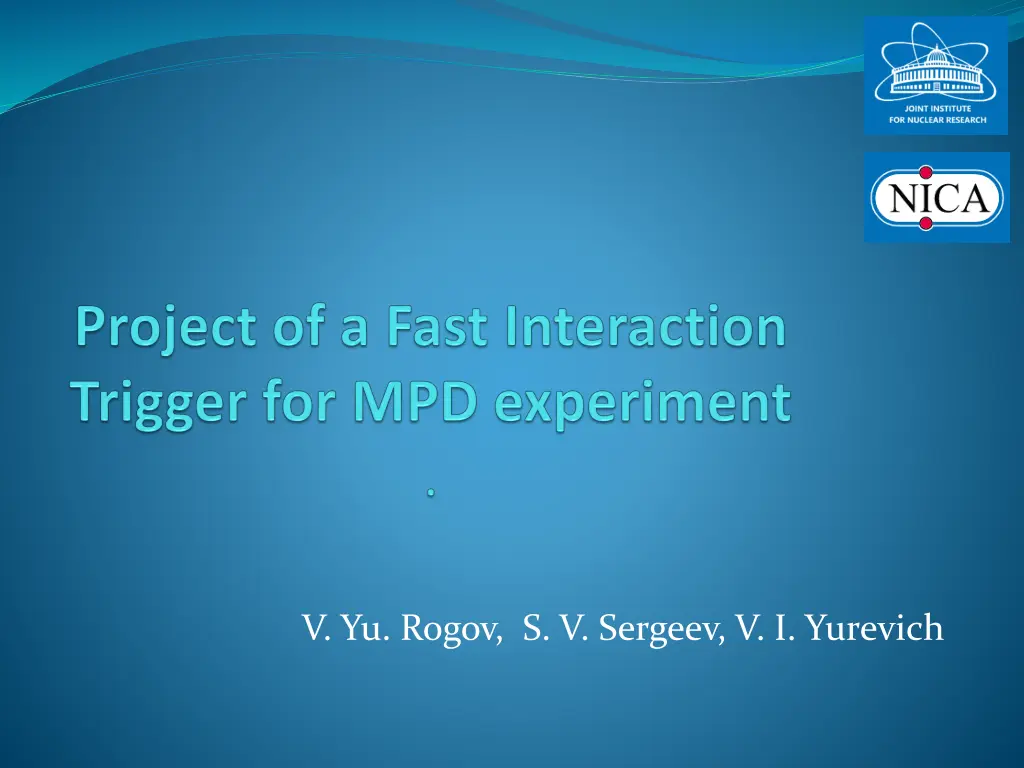
Complex System Architecture for Signal Processing and Data Acquisition
Explore the intricate system architecture involving signal processors, backplanes, vertex processors, and more for efficient trigger generation and data acquisition. Utilizing the KISS approach, the firmware simplifies operations for diverse trigger modes.
Download Presentation

Please find below an Image/Link to download the presentation.
The content on the website is provided AS IS for your information and personal use only. It may not be sold, licensed, or shared on other websites without obtaining consent from the author. If you encounter any issues during the download, it is possible that the publisher has removed the file from their server.
You are allowed to download the files provided on this website for personal or commercial use, subject to the condition that they are used lawfully. All files are the property of their respective owners.
The content on the website is provided AS IS for your information and personal use only. It may not be sold, licensed, or shared on other websites without obtaining consent from the author.
E N D
Presentation Transcript
FFD geometry FFDR FFDL 2.7< | | < 4.1 W E p Au Au p p L = 140 cm FFD should provide ZERO-level trigger generation based on Z-axis interaction coordinate Hit multiplicity
Arm processor (SDU) Ethernet Serial line server LVM LVM SPM SPM LVM SPM APM SPM LVM IM To TDCs RS485 Optical link to DAQ 5 FE boards 5 FE boards 5 FE boards 5 FE boards To vertex processor
Back-Plane LVM I,V,En Positive regulated power supply +4V- 8V, 150 mA RS485 MCU I,V,En Positive regulated power supply +4V- 8V, 150 mA SPM+ LVM I,En Negative power supply -7,3V, 100 mA SPM HDMI for one FEE module (4 LVDS channels) RS485 4 * LVDS fan-out 1:2 individual Signal processing To Arm module Signals to DAQ
Signal processor module RS485 MCU Station address 5 bits Programmable delay RS485 CLM JTAG Individual signals Programmable delay RS422 FPGA Programmable delay From/to other electronic Programmable delay 20 delay lines per SPM
Individual channel diagram TDC (width) Histogram NchNmod To TDC Latch Counter Counter Adjustable 8 Fan-out Pulse width discriminator delay Shaper OR Shaper 20 channels 20 channels Counter Counter Fan-out Adjustable Counter delay Pulse width discriminator Shaper FPGA
Vertex processor RS485 MCU Precise Programmable delay #1 FPGA RS485 Preprocessing block Precise Programmable delay #2 processing block CLM RS422 JTAG RS AND Precise Programmable delay #3
Development Constrains Since the system is quite complicated we use KISS approach (Keep It Stupidly Simple) Complicated modules should be split to a set of simple ones The content of FPGA (firmware) for each trigger operation mode should be as simple as possible Different operation modes of firmware are realized as a set of independent FPGA configurations instead of a complicated one having many branches This brings a need to reload FPGA RAM in the flight
FPGA configuration loading module (CLM) CLM is a daughter board with dimensions 50*60 mm^2 CLMs could be connected to a branch a daisy chain The CLM unit contains a library of configurations recorded to a micro-SD card with FAT32 file system The configurations could be loaded via JTAG to all FPGAs in parallel by one command from the central DCS. Loading time is about 3 sec. FPGA configurations could be loaded to CLMs via serial link. Loading time is about 2 min. Loading could be done in parallel to many CLM branches
Actual status The architecture of the FFD system is fixed The prototypes of SPM, LVM, APM, VPM main units are tested using FPGA Cyclone IV test board. Some adjustment will be needed to migrate to Cyclone X GX SMP, LVM and a backplane are in production Arm Processor Module and a Vertex Processor Module are under development CLM prototype has been successively tested.


